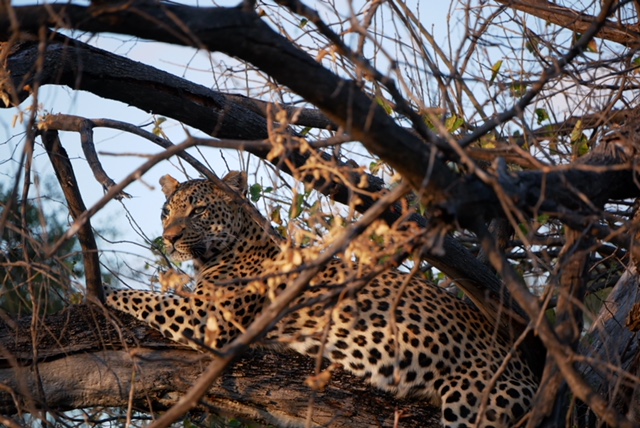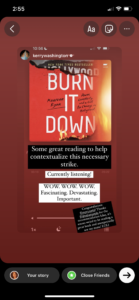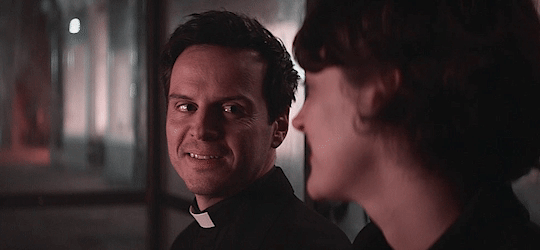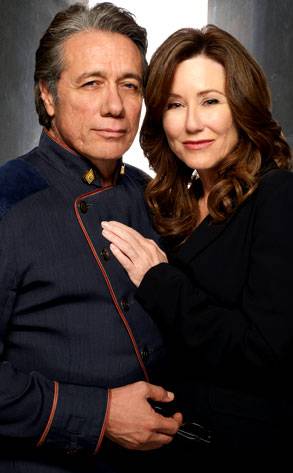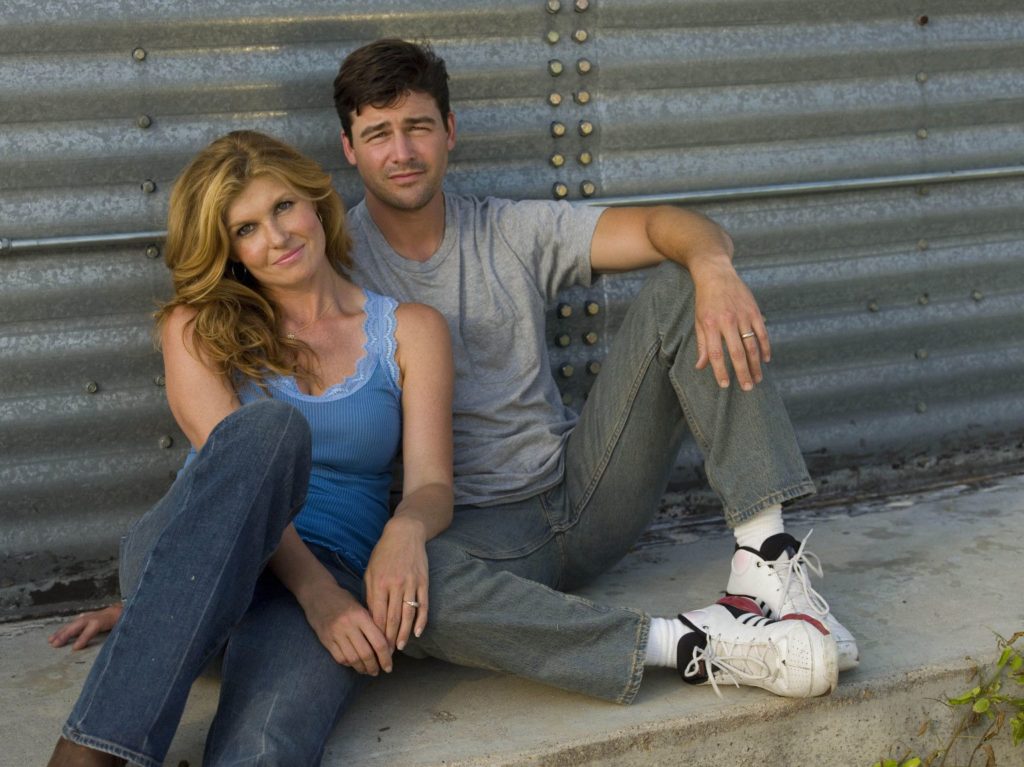Oh, this one hurts. This hurts a lot.
A lot of things in the world are terrible, so it takes something major to burst through and occupy the center of my mind. No one could do that like David Lynch.
With the death of Lynch, we’ve lost one of the world’s greatest poets, tricksters, dreamers, channelers. The more common descriptions of him would be “filmmaker,” “artist” and “director” — not to mention “guy who liked to create weather reports.”
But most of the work that he did resisted categories. He was like the multimedia artist and musician Kate Bush (who must never die): he was a category of one. Irreplaceable.
David Lynch was a channeler of other places, a person with direct access to something deep and profound and funny and weird. Was it his own subconscious? Was it our collective unconscious? Was it access to some wellspring of the human condition only one person in a hundred million is blessed with? I don’t know. And I’m glad I don’t know. Some things should remain infused with mysterious magic.
What I do know is that I have very specific memories around Lynch and his work, memories that have not faded even a little bit over time. That is some feat, considering I can’t recall a number of things that happened last month.
In 1990, when I was a budding critic, I remember sitting in my first-ever apartment, ready to watch Twin Peaks. I recall the golden quality of the light in my little Chicago flat as evening fell, and I remember being entranced. And confused. But I was hooked. Whatever this was, I needed more of it. I needed all of it. I held at least one Twin Peaks viewing party, with pie and coffee and log decorations. I’m not here to tell you that Twin Peaks, which he co-created with Mark Frost, was perfect, but I will absolutely assert that it was, at times, astonishing, and of course, it broke and remade television in the best possible ways.
A few years earlier, I recall seeing Eraserhead at my university’s film society. There’s something about Lynch’s work that allows me to recall the physical sensations that arose when I watched it, and that’s incredibly rare, for me anyway. With Eraserhead, I remember the skin-crawling anxiety and unease that it provoked. But could I look away? Of course not. And that was the trick of David Lynch — one of them, anyway. What he created on screen was so fully realized, and the atmosphere inside that work was so strangely alluring, or alluringly strange, that I simply could not not watch.
All that is aside from who Lynch was as a person, and I was blessed to experience that in a minor way. I got to see him rattle an entire room full of journalists when he was promoting the Twin Peaks revival some years back, and that was really fun. He’d answer direct questions elliptically, evading certain kinds of answers and readily supplying others. He kept hundreds of reporters and critics – used to pre-planned and safe answers to every question – on their toes by never being predictable.
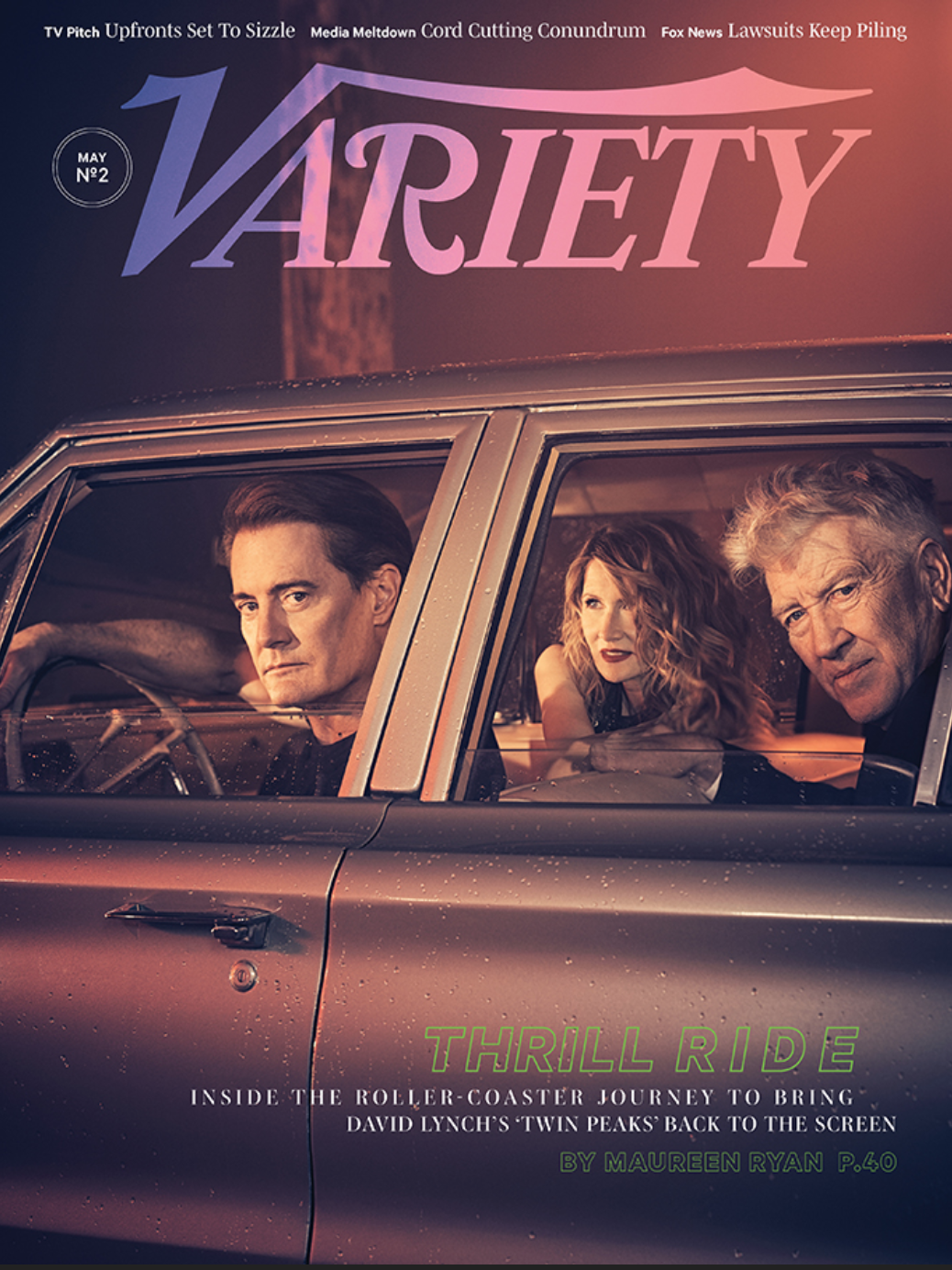
And yet, none of it came across as mean — I always got the sense when Lynch was speaking to the media, he simply did not want to be bored. So he kept it interesting for himself by playing a character called David Lynch, zigging when people expected him to zag, and being slyly funny and subversive – and at times, deeply sincere. If you, as an interviewer, could pin down David Lynch, congrats, I guess.
But no, you never really could pin down him or his work. Not permanently.
I did try to do that, at least a little bit, when I did a cover story on Lynch and the return of Twin Peaks in 2017. That was, without question, among the most thrilling and delightful experiences of my professional life. And terrifying. This was David Lynch, auteur director and force of nature, the creator of one of the most iconic TV shows of all time. I was excited and petrified to interview him in a suite Showtime rented at the Chateau Marmont. (Did I express exasperation to a publicist that the buffet laid out in the suite did not contain pie? I did! In a nice way, I promise.)
Lynch came in, and I didn’t exactly forget to be nervous, but pretty soon we were having a conversation, because he was interested in talking to me. Or he feigned that well. But in my experience of truly great artists, most of them are very curious human beings. So the first thing he did, in that delightfully nasal voice of his, was ask about the ink on my arms. I can recall him asking, “Mo, tell me about your tattoos.” So I did. And he listened!
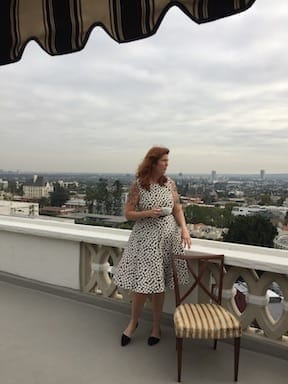
Of course, I also asked him about the long and sometimes difficult path that the Twin Peaks had walked, and I also interviewed various people who worked with him on that and other projects. The picture that emerged was not a definitive portrait, because that’s not possible with someone as protean as Lynch. But to his collaborators, he was a man who held fast to his vision while also being a pretty savvy and economical producer and director (here is an ABC document from back in the day listing the network’s commitment to Northwest Passage, the original name of Twin Peaks). Lynch was a guy who channeled his unconscious while also making his days and coming in on budget. And from what most people told me, he was a hoot to work with.
Another great day was the one I spent in a Los Angeles photo studio around that time, watching Lynch, Kyle MacLachlan and Laura Dern do the Variety cover shoot. They’d all known each other for years, and it showed. If they were faking having a great time, well played. But I don’t think they were faking. They’d both worked with him many times, and they were his friends, not just actors he hired. They told me about the safe haven Lynch created on set; he made it an environment where they could go to odd, dark, deep places, and also be funny when the moment called for it. They said he was there for them, as a friend and collaborator, every step of the way, as they made those surreal and affecting journeys.
What I remember most from meeting and talking to Lynch — and what I’ve always wished I could emulate more fully — is his artistic confidence. He saw visions and stories in his mind, he knew they were important, and he put them in the world. This was not always easy. But he believed in his inner voice. He listened to it with great respect and if he picked it apart or doubted it, that didn’t come across in the work. (One of the best moments in my interviews with him was when I asked him about whether Showtime gave him notes. He just laughed.)
David Lynch believed that what was important to him might be important to others. The humane, lovely, searing, bittersweet and unknowable things in our hearts – he tried to give us ways to access all that. Of course working within the Hollywood system to try to convey his visions and tableaus and subterranean desires could be incredibly difficult, and even he couldn’t always do it the way he wanted to.
But he saw what he saw and he believed in it.
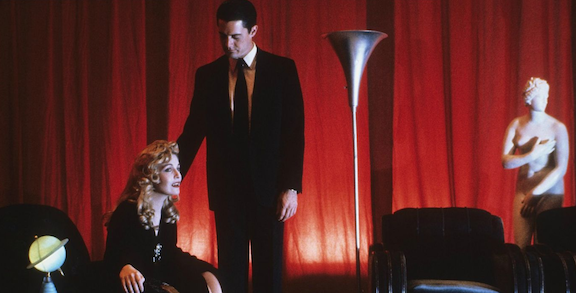
He told me about a rough patch during the writing of the first season of Twin Peaks, when he was enduring writer’s block, and then he rested his arms on the top of a warm car. In a flash, the Red Room sequences came to him. It broke open the show for him in a whole new way, and he never wavered from the idea that those scenes, in all their subconscious strangeness, needed to be there.
He gave whole worlds to us, he gave us those gifts so that we too could be mystified, moved, transfixed, released through laughter or tears or sadness. To watch a David Lynch project was to enter into his world, a thing I always did gladly, because it was my world too – he found and honored some of the mystery in each viewer’s soul. I went into the worlds he dreamed up gladly, because even when I didn’t understand them, I wanted to be there.
I wanted to see what he saw. I wanted to, with my eyes and heart and guts, stand where he stood and be infused with wonder.
What a terrible loss. But what a legacy. We are lucky enough to be able to enter into Lynch’s visions any time we want. For that I can only be grateful.
****
I’d be remiss if I did not offer some links to help those in need in Los Angeles, where wildfires have led to devastation for so many. I love Los Angeles and all my friends there, and if you can help at all, even with a few bucks for a gofundme, that’d be wonderful. Each day, I’m sharing a lot more links on my Bluesky, if you’d like more ideas on how to help.
I don’t have much to say about what will happen in Washington next week, other than sharing this hope: Let’s try to show up for each other, when we can, where we can. The next few years are going to be rough. When it’s all too much – and it will be – find one person to help (that person might be you). Find a mutual aid organization or a neighbor or a nonprofit to help, if you can.
We take care of us. I love you.
Some ways to help Los Angeles:
In person volunteer opportunities
Mutual Aid LA Network, which has been doing great work, has a list of items needed
This is a good list of giving and volunteering opportunities
Here is a master list of GoFundMes (and those with GoFundMes should note that this can impact the money they could potentially get from FEMA, there’s a link on that page with more information on that)
A list of GoFundMes for disabled people
A list of GoFund Mes for Filipino people
A list of GoFundMes for Latine folks
One of the hardest hit towns was Altadena, which was a community with a lot of Black residents. Here’s a list of GoFundMes for Black families.
I know multiple writers, crew and other creative folks who lost everything. Here’s a WGA fund for displaced writers. Here’s a list of GoFundMes for crew members.
Charity Navigator, which rates charities’ effectiveness and transparency, has a good list of nonprofits helping LA right now.
Pasadena is another hard-hit area, and Pasadena Humane is among the organizations helping to take care of displaced and injured animals. Animal Wellness could use donations too. A friend vouched for the horse charity Fleet of Angels, which also needs help.
